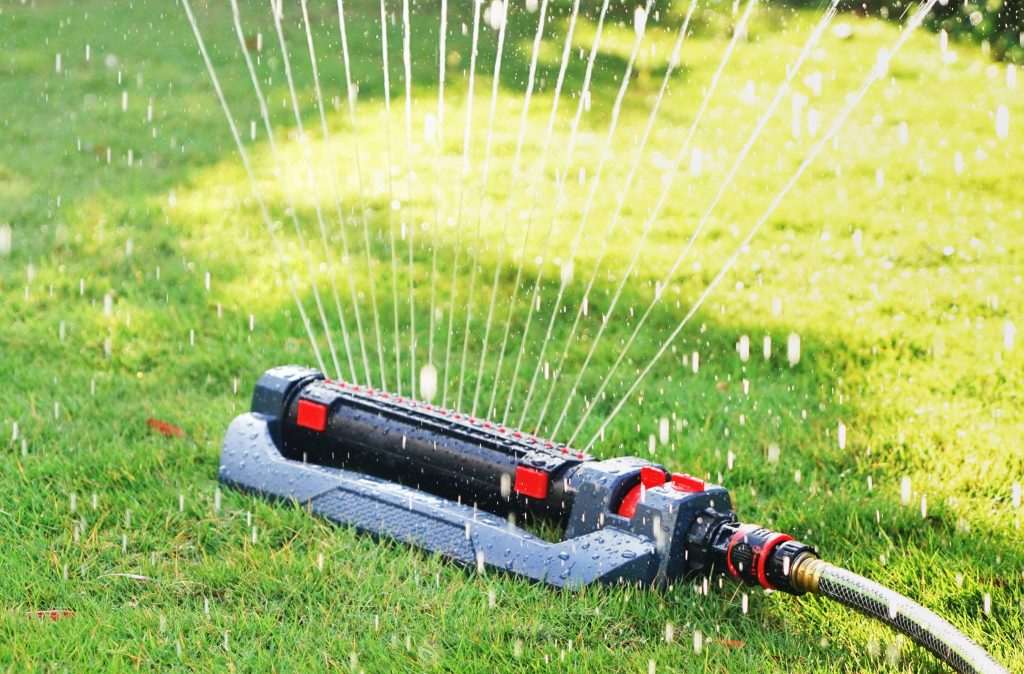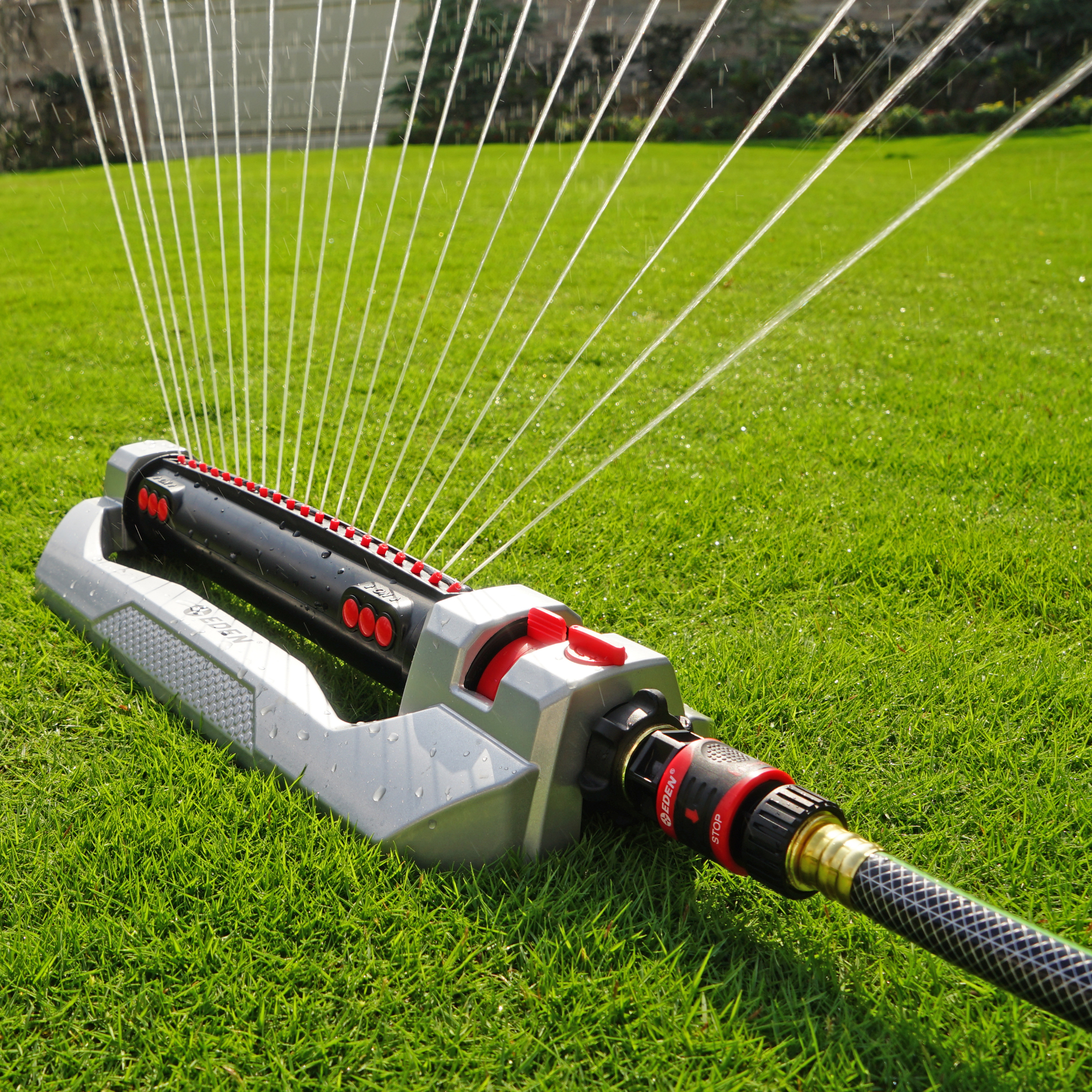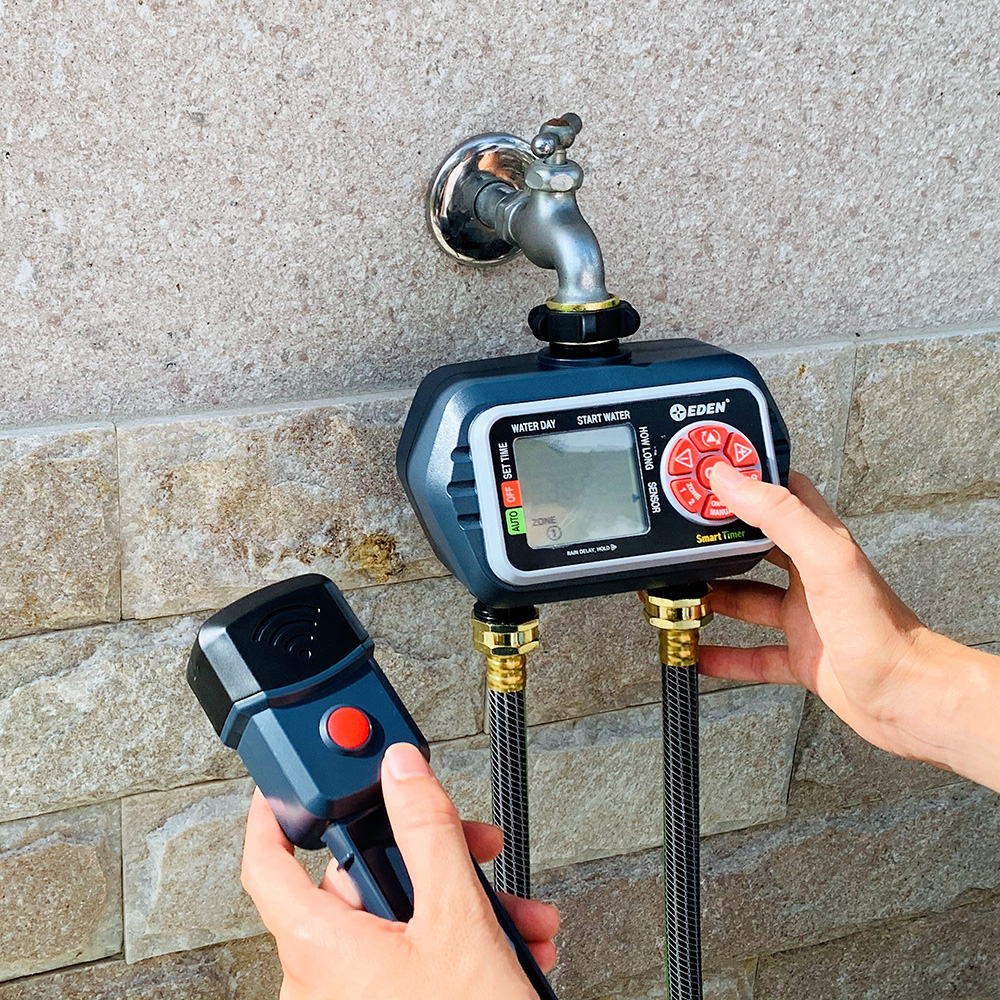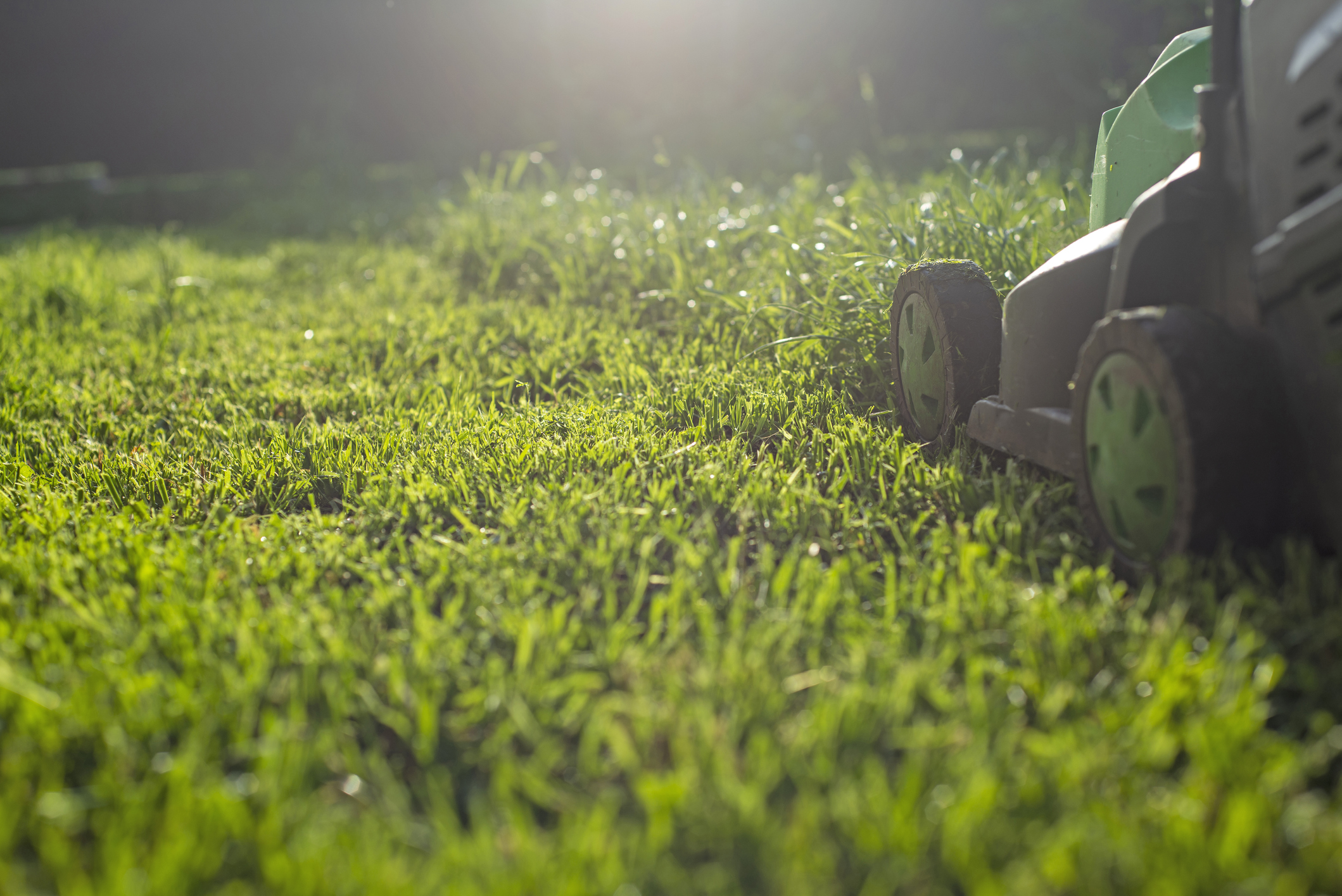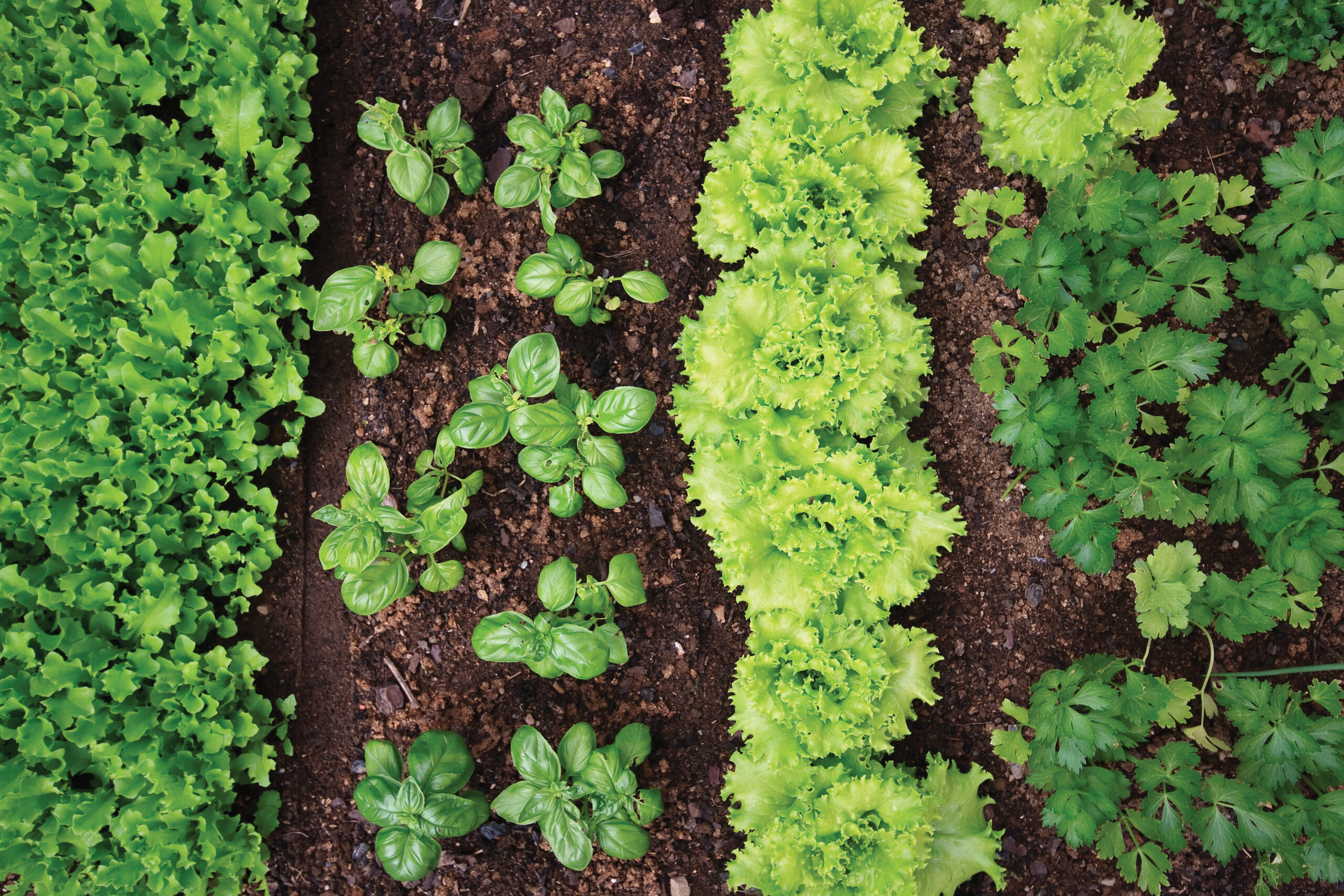In the pursuit of a picture-perfect lawn, it’s easy to forget about your irrigation system. Yet, a fully functioning watering system and a regular watering schedule are the secrets to keeping your grass green and your flowers blooming. With a few simple tips and tricks, you can ensure your irrigation system is up to the challenge.
1. Test your System
Before automating all your watering, run a simple test to check that your sprinklers are reaching all the right places in your yard and distributing water evenly.
- Place several small, empty cans (something the size of a tuna can) evenly throughout your lawn, within range of your sprinkler system.
- Turn on your sprinklers and let them run a complete cycle.
- Check the water level in each can. Ideally, they should all have received a similar amount of water.
- If there are big differences between cans, this can signal a problem with your sprinklers or an issue with their placement.
2. Inspect your Sprinklers
Regularly inspect and clean your sprinklers to keep them working season after season. Give the filter washer a quick rinse to remove any debris and clean out the spray nozzles if you notice an irregular watering pattern. Replace any broken or damaged sprinklers at the start of the season to ensure a steady flow of water to your lawn.
3. Upgrade to Electronic Water Timers
Automate your watering with an Eden Water Timer. Customize watering schedules for different zones of your lawn and garden. Set a schedule to water your lawn once daily and address troublesome dry spots with twice-a-day watering. Program your water timer to start watering early in the morning and reduce potential evaporation from the mid-day heat. And with automatic shut-off, you never need to worry about accidentally leaving the sprinkler running. Sit back and let your timer do the work for you!
4. Check for Leaks
Look over your sprinklers, garden hoses, and hose valves for leaks. Even a small leak can add up to a big expense. Watch for telltale puddles in your yard and fix leaks right away to prevent damage to your lawn and garden.
5. Conserve Where you Can
Every drop counts! Consider a water flow meter to monitor your water usage or upgrade to a soil moisture sensor to protect your plants from overwatering. Invest in native plants that require less resources to thrive in your area. This will save water and save money.
By keeping your irrigation system working properly, you’ll set yourself up for the best chance of achieving a lush, green lawn and flourishing garden. Running regular tests allows you to pinpoint and address any issues with your system before it has a negative impact on your lawn.
